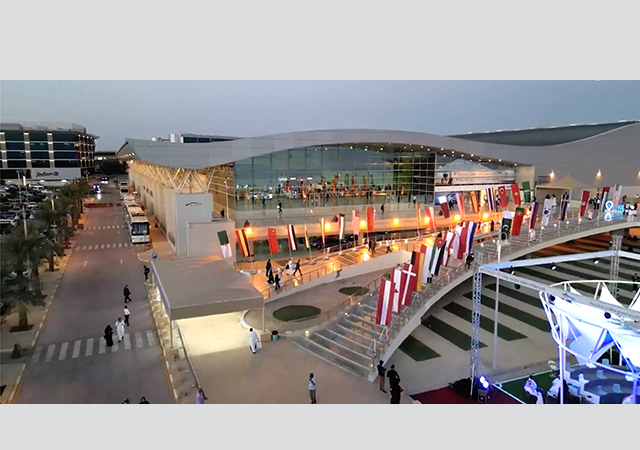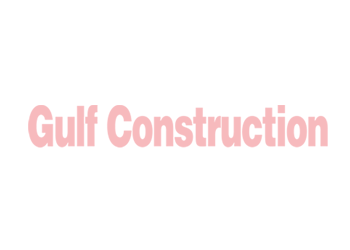
Concrete is the most widely used man-made product in the world, and is second only to water as the world's most utilised substance.
Slightly more than a tonne of concrete is produced each year for every human being on the planet - some six billion tonnes per year.
In its simplest form, concrete is a mixture of cement paste and aggregates. The paste, composed of cementitious materials and water, coats the surface of fine and coarse aggregates (sand, gravel, and other materials) and binds them together as it cures and hardens into a rock like mass known as concrete.
A key advantage in the use of concrete is that it can be formed into virtually any shape in its plastic state and is strong and durable when hardened. These properties make concrete the most diverse and common construction medium, and explain why concrete is used to construct all civil building structures today.
The key to achieving durable, quality concrete lies in the careful control of its production process, and basic components.
These are:
Developments in admixture technology and the use of pozzolans has led to improved concrete strengths and durability. This, in turn, has allowed for the design and construction of some of the world's most challenging structures.
Many of these modern structures are in the Middle East, which has one of the most aggressive climates in the world.
Designing and ensuring that these structures are durable enough to withstand such a harsh environment throughout their design life is of paramount importance.
Failure to do so could lead to additional costs prior to the end of the structure's life cycle.
Typically, we now see structures that utilise the benefits of high performance concrete (HPC), thinner sections and taller, more slender structures or elements.
However, such buildings are often heavily reinforced and this, in conjunction with a more slender, or thinner section, can lead to problems with placement, and in particular compaction.
All concretes rely on compaction to ensure that they attain the designed properties. Failure to fully compact a concrete can lead to costly repairs, delays in the construction program, and, in extreme cases the need to completely replace an element. It also may affect the long-term performance of the structure.
Even conventional mix designs using superplasticisers require vibration to ease placement, and ensure compaction of the concrete. In addition, they can be prone to segregation and plastic settlement.
The requirement for Rheodynamic concrete is therefore to have concrete that flows freely, yet is stable and can spread readily into place filling the formwork without the need for any consolidation, fully encapsulating the reinforcement, whilst achieving the designed performance parameters.
Using Glenium admixture technology it is possible to produce Rheodynamic concrete, which is, without doubt, the positive answer to durability problems, thanks to the multitude of diverse benefits that derive from its use.
In the fresh stage, Rheodynamic concrete guarantees high fluidity whilst resisting segregation and can therefore be placed without the need for vibration. It also addresses difficult situations; for example, thwith the division's objectives, Senior added.
A brochure will be brought out later in the year.
"We are also the first airline tour operator in the region to offer many interline destinations, working with other quality carriers. This means that newly requested destinations such as Spain and Ireland are also being included," he said.
"It's midway through the main summer holiday season and bookings to many destinations using Qatar Airways and partner airlines are going very well."
According to Senior, Duba external agents, such as chlorides, therefore becoming a very durable concrete.
Thanks to this new technology, it is possible to guarantee the structural performance over its design life, ensuring a saving of resources.
Rheodynamic concrete offers significant advantages for all different user categories: building owners, architects and design engineers, readymix producers, the precast industry and building contractors.
The advantages to the designer and building owner are:
The advantages to the readymix concrete producer are:
The advantages to the precast manufacturer are:
The advantages for the building contractor are:


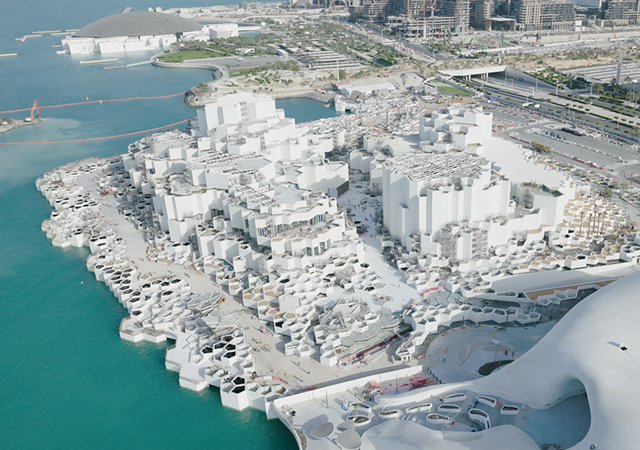
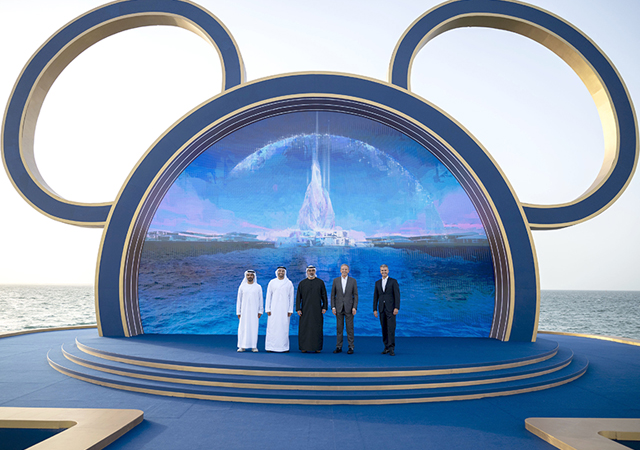
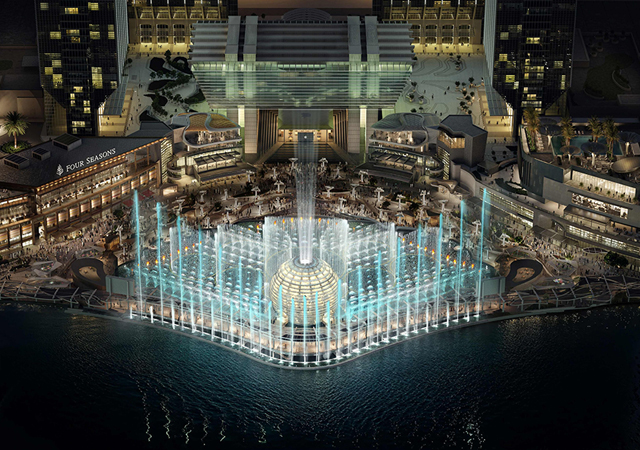
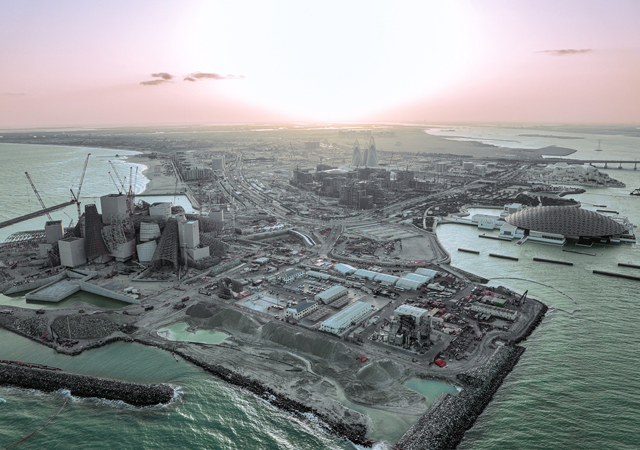
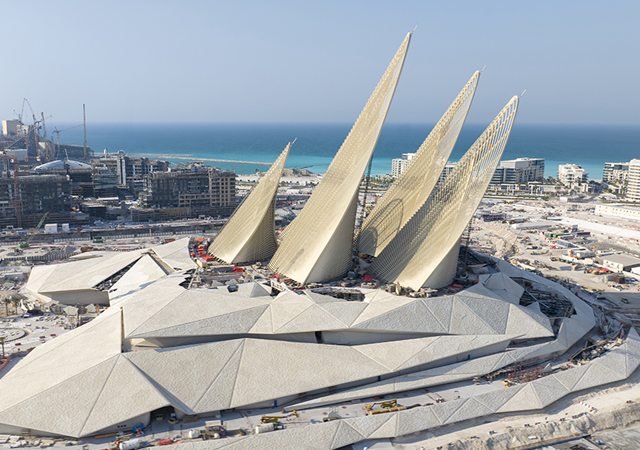
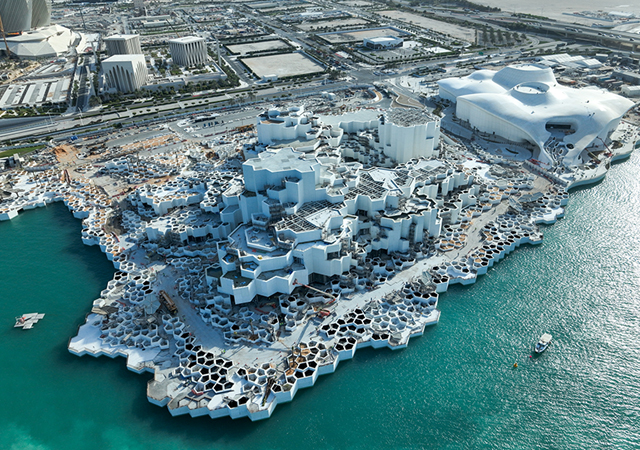
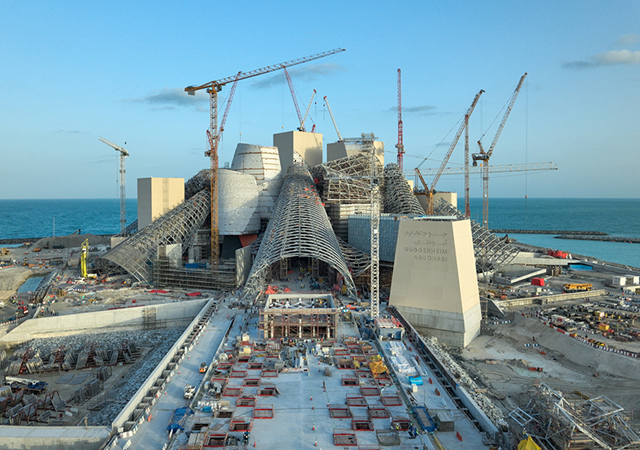
.jpg)
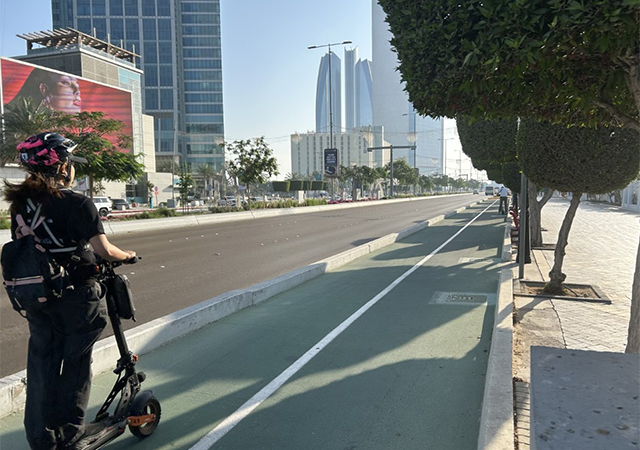
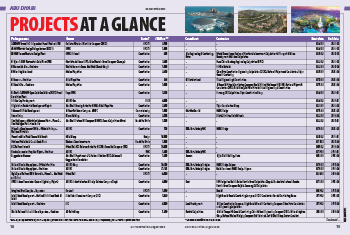


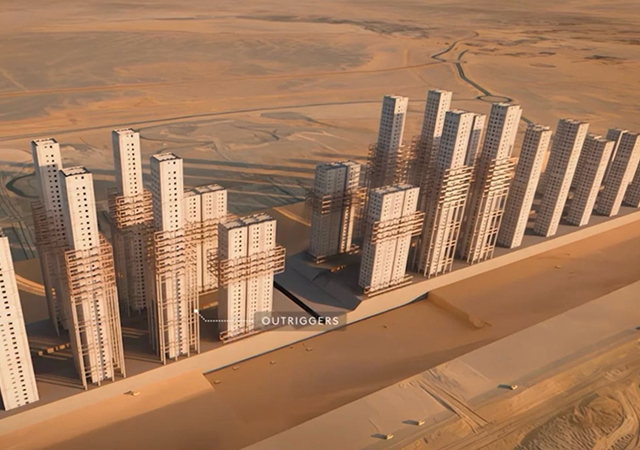
.jpg)
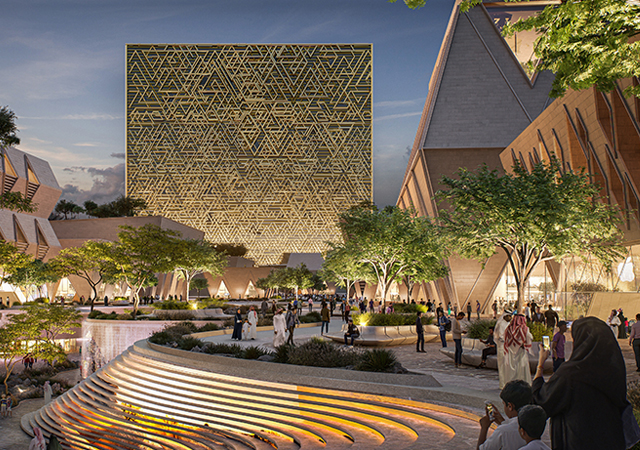
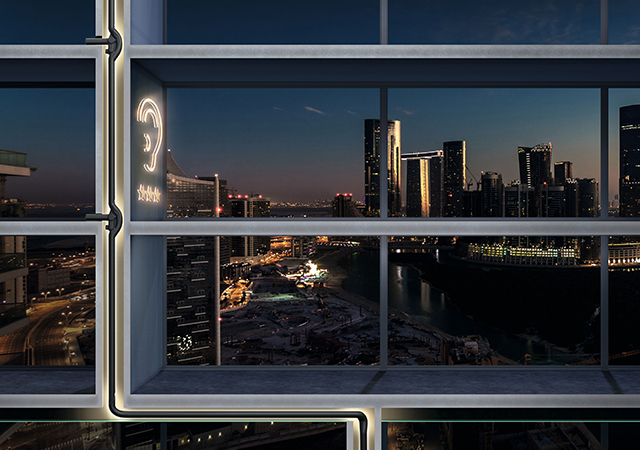
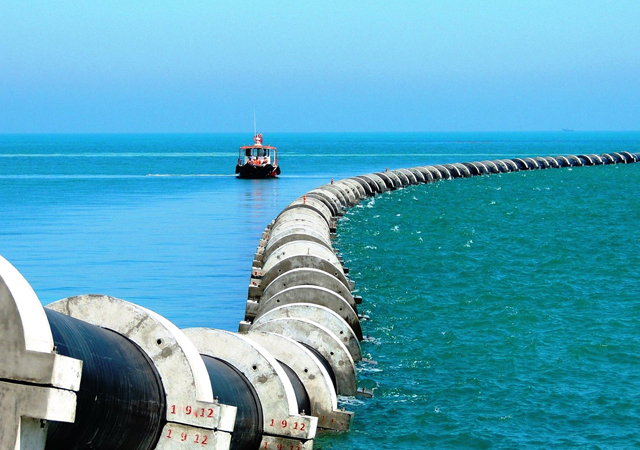



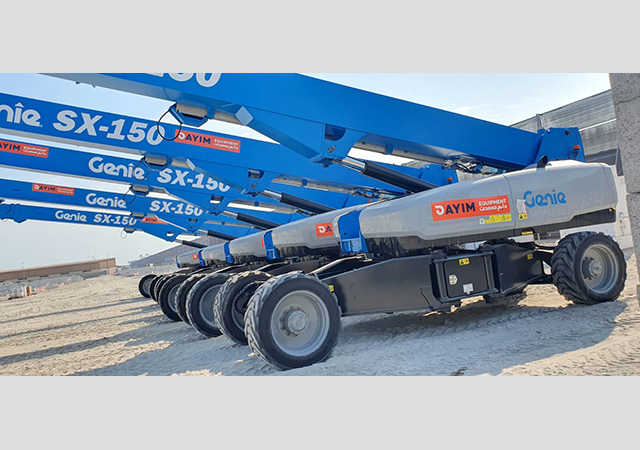
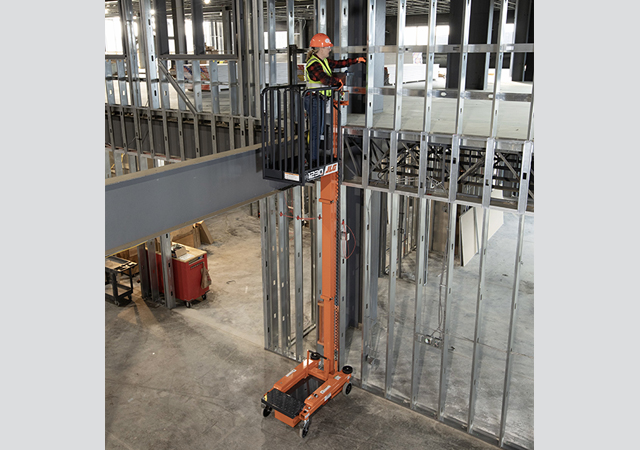
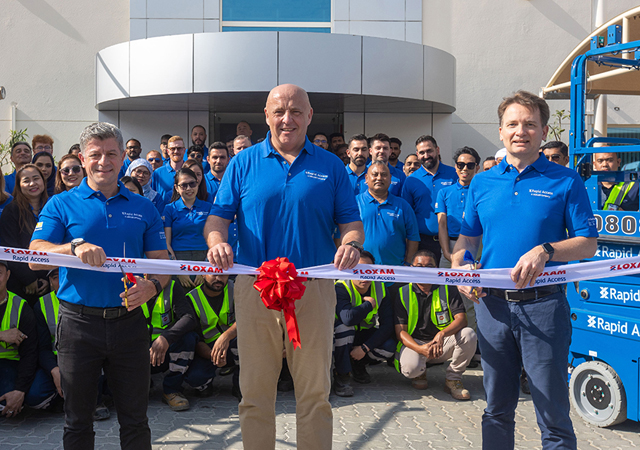
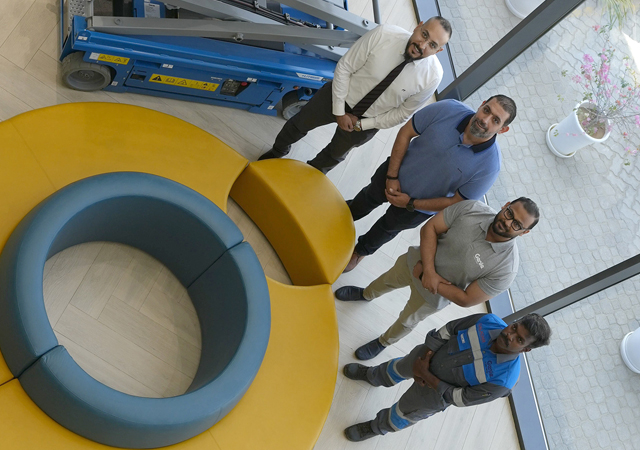
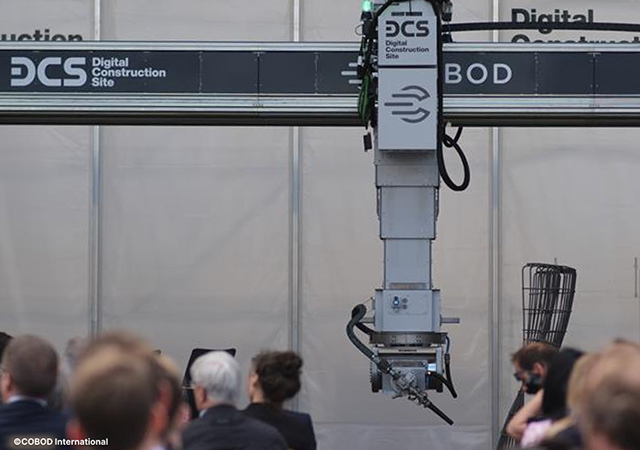
Doka (2).jpg)
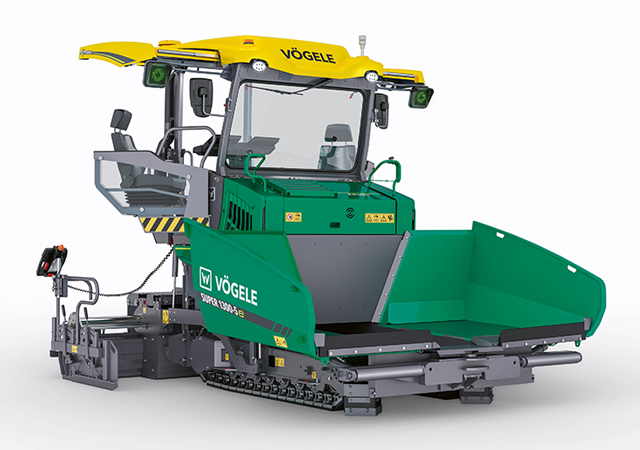


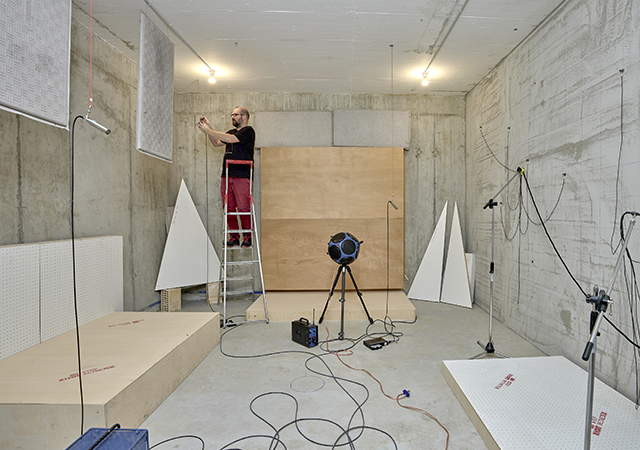
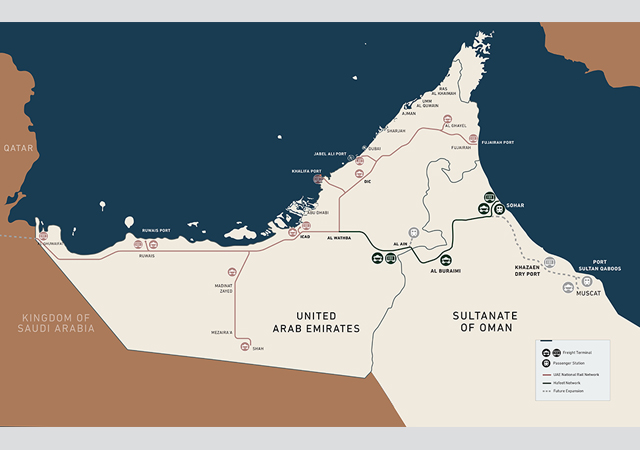

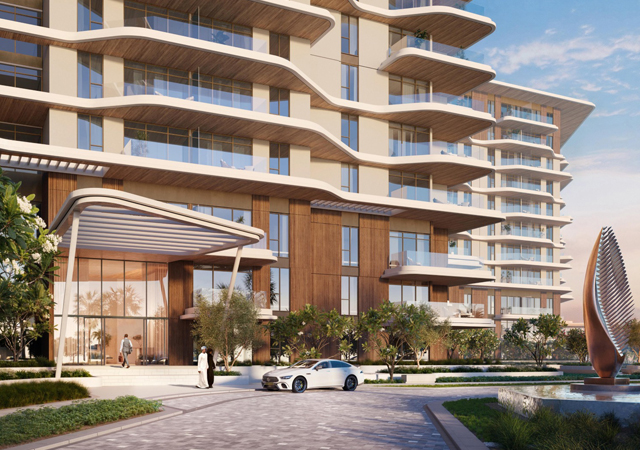

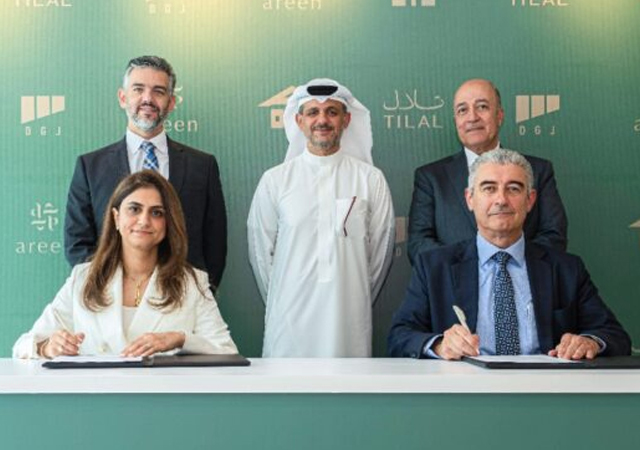
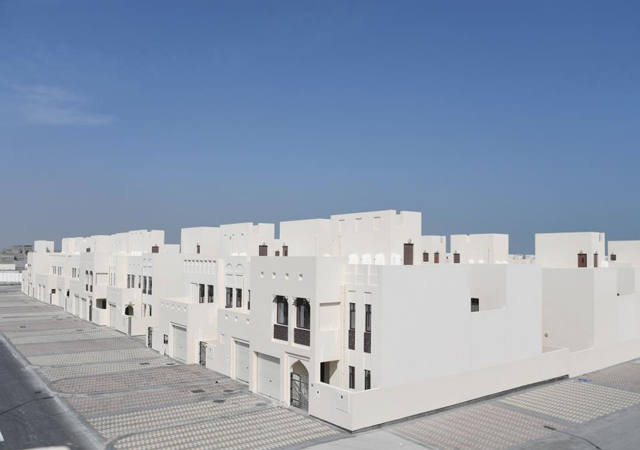
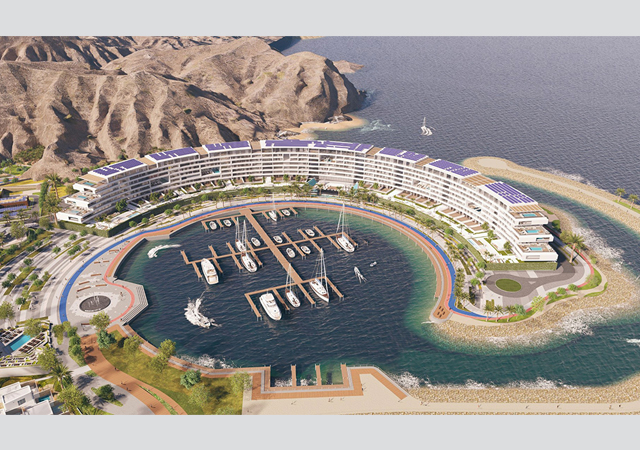

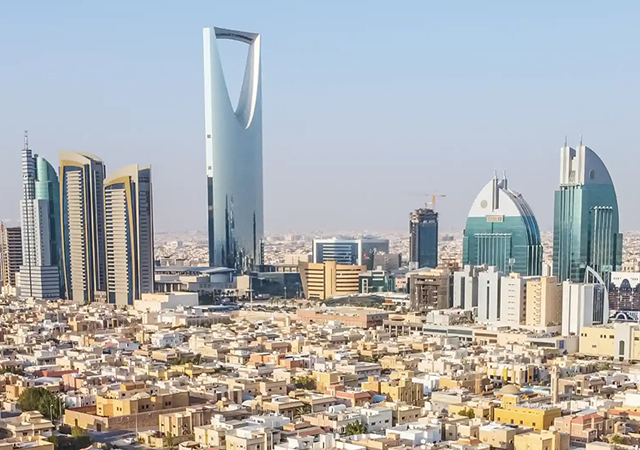
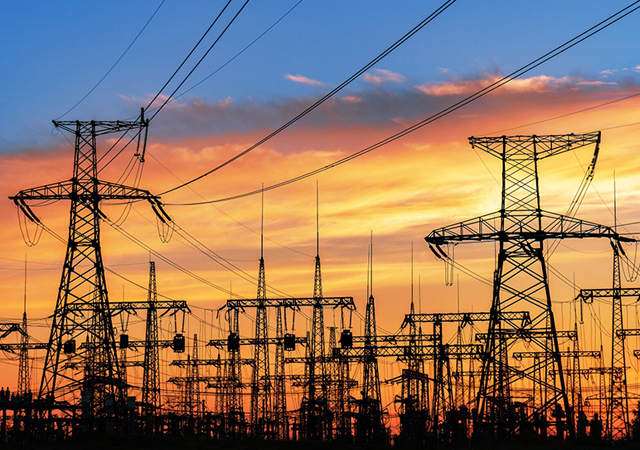


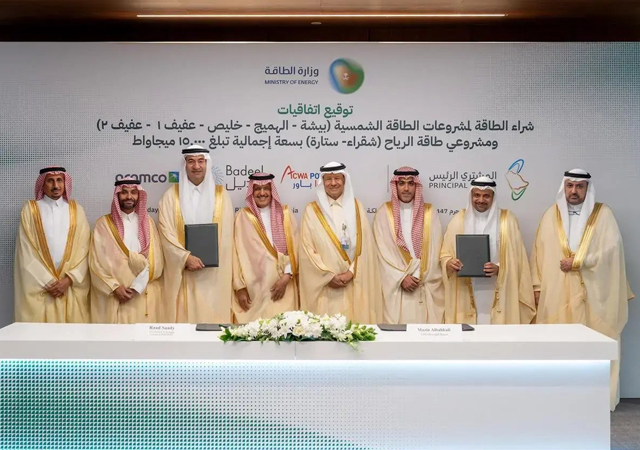


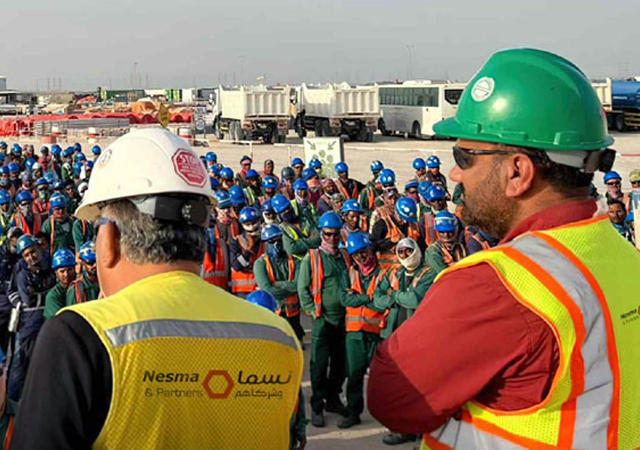

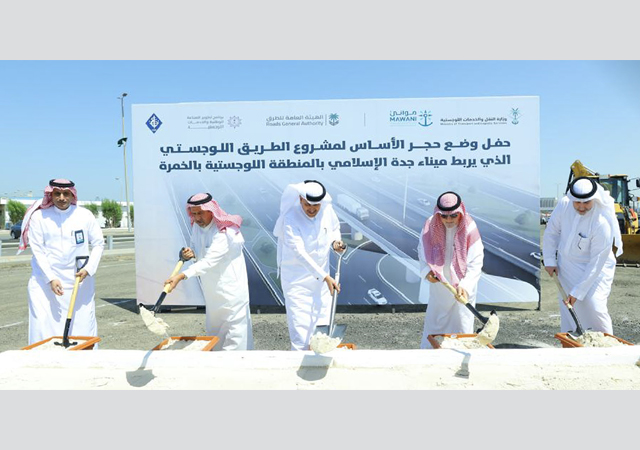
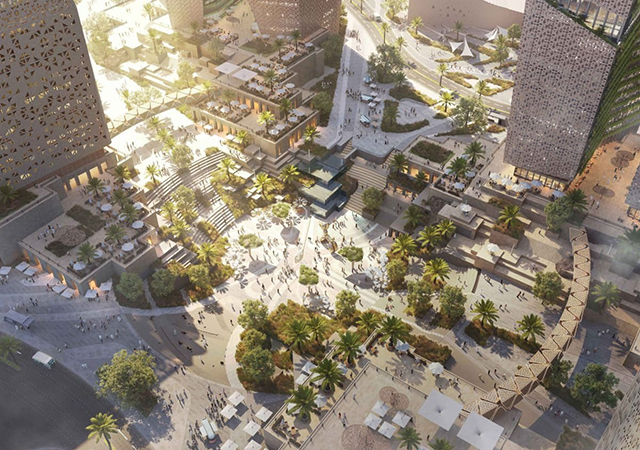


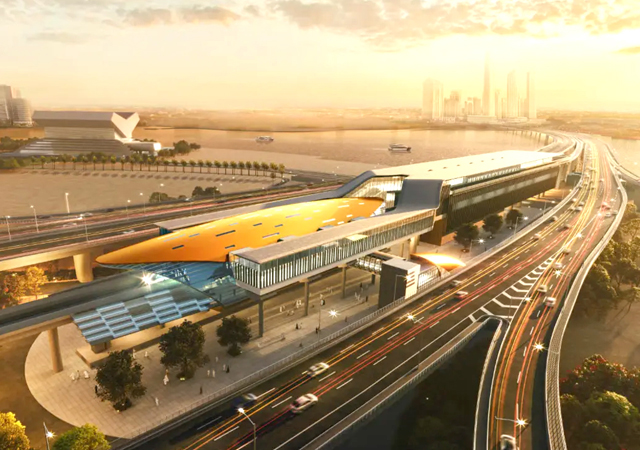
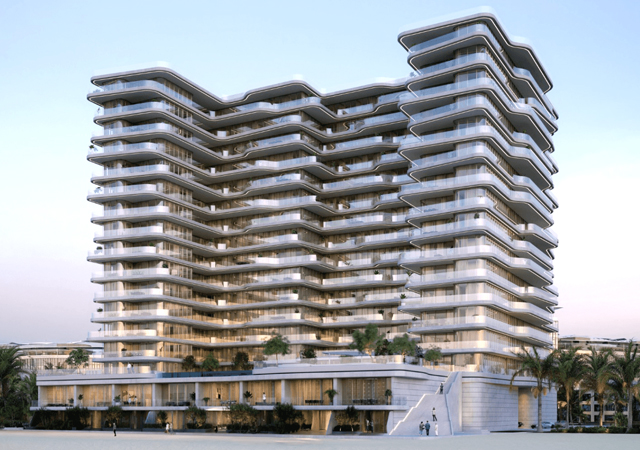
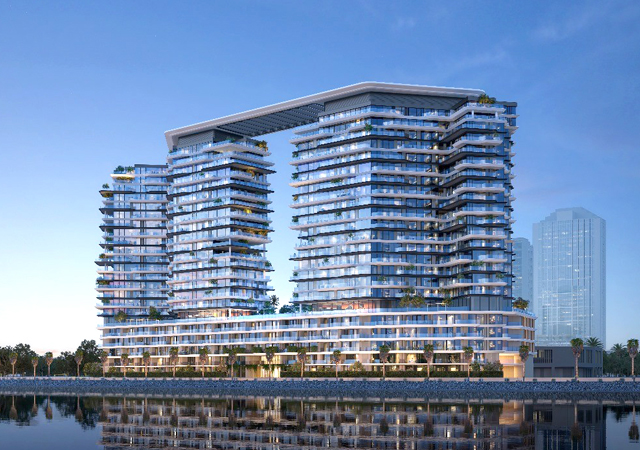
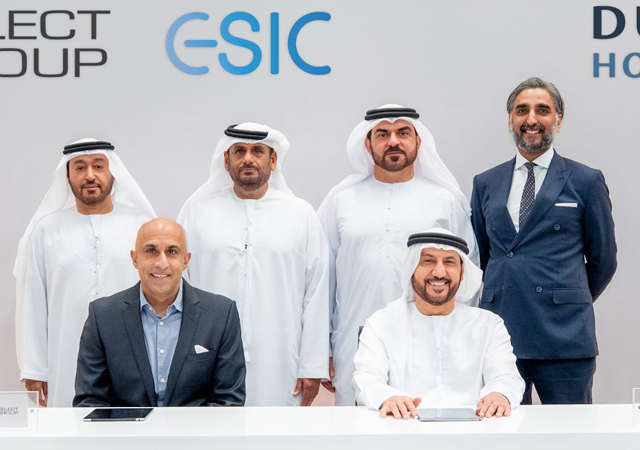
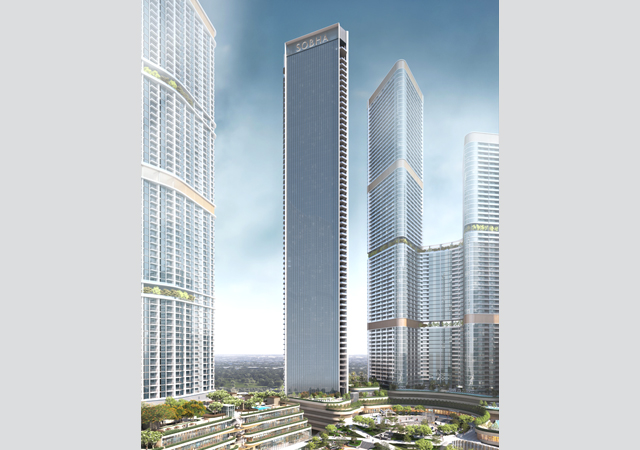
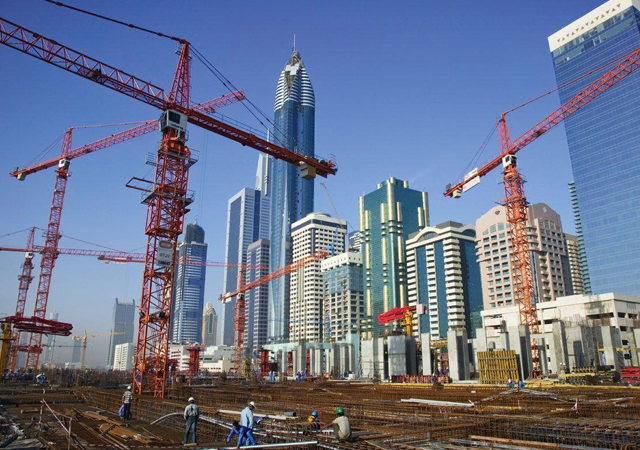



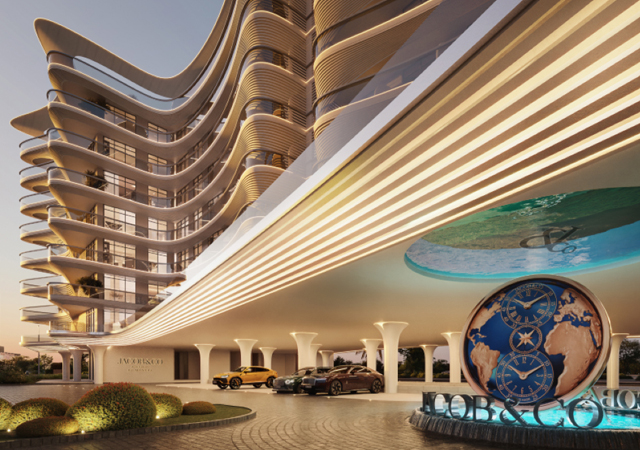
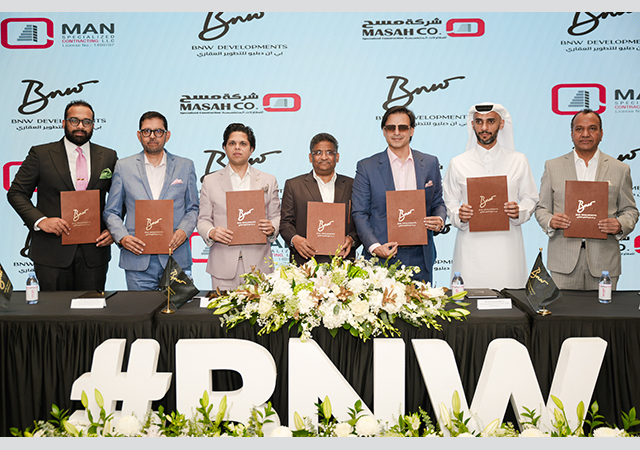
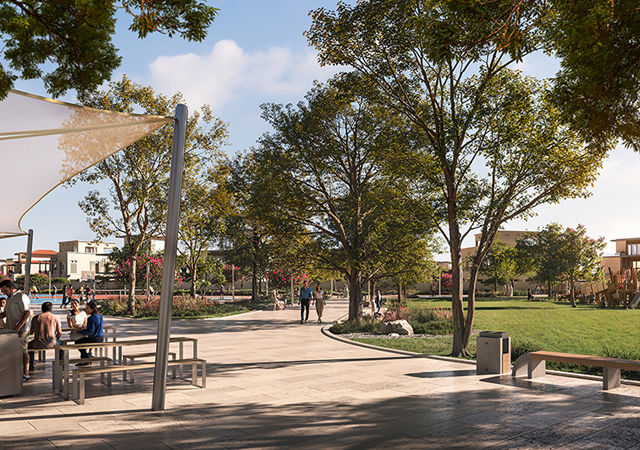
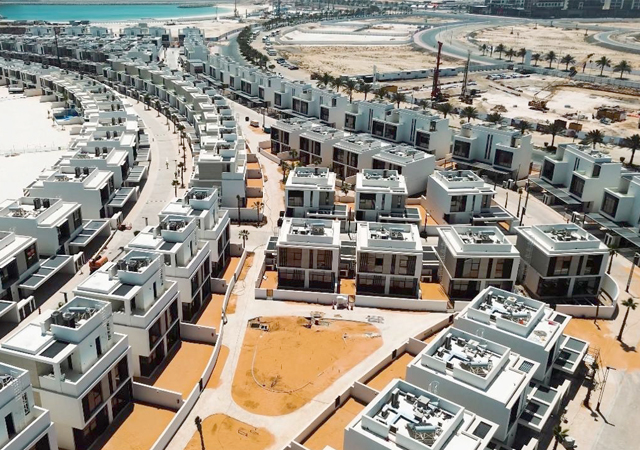
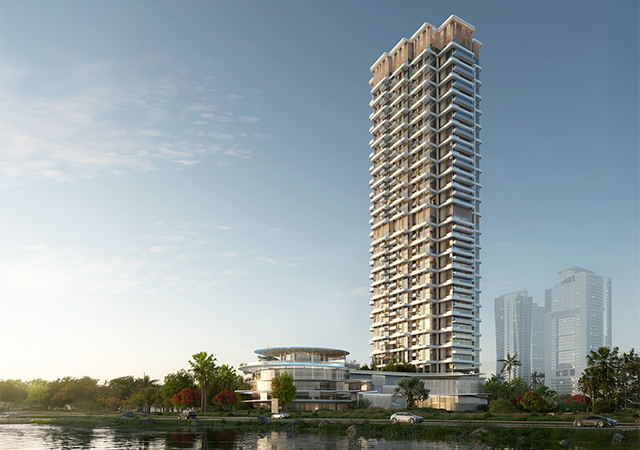

.jpg)
.jpg)

.jpg)
